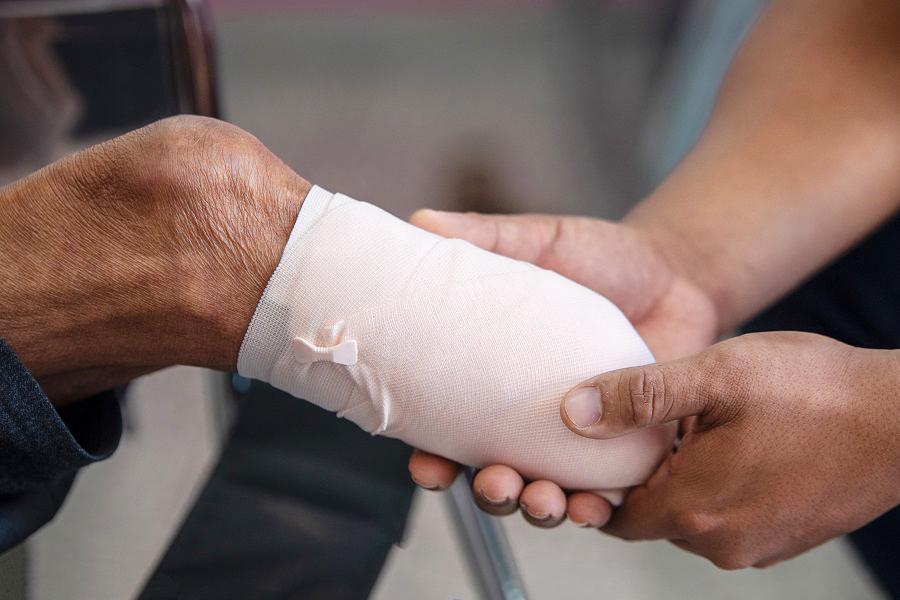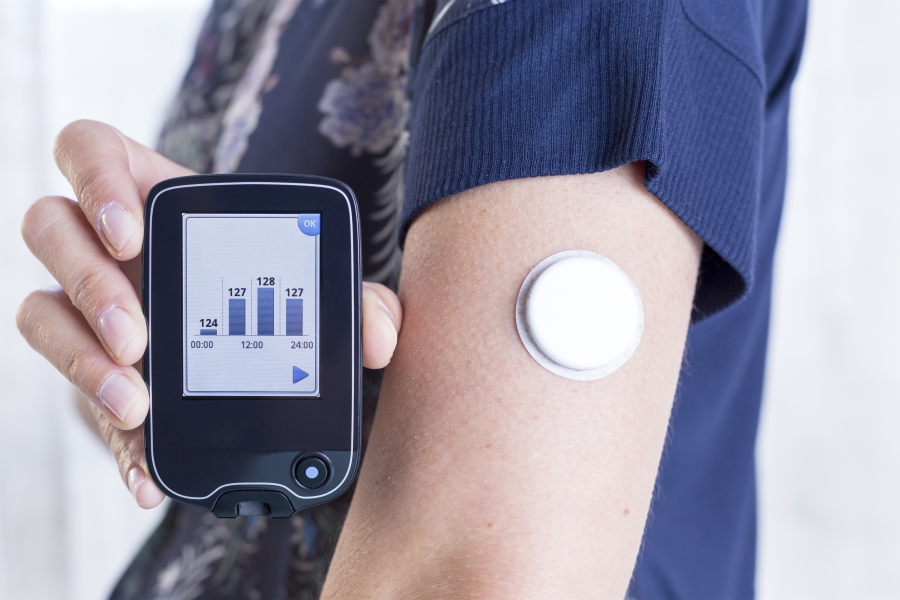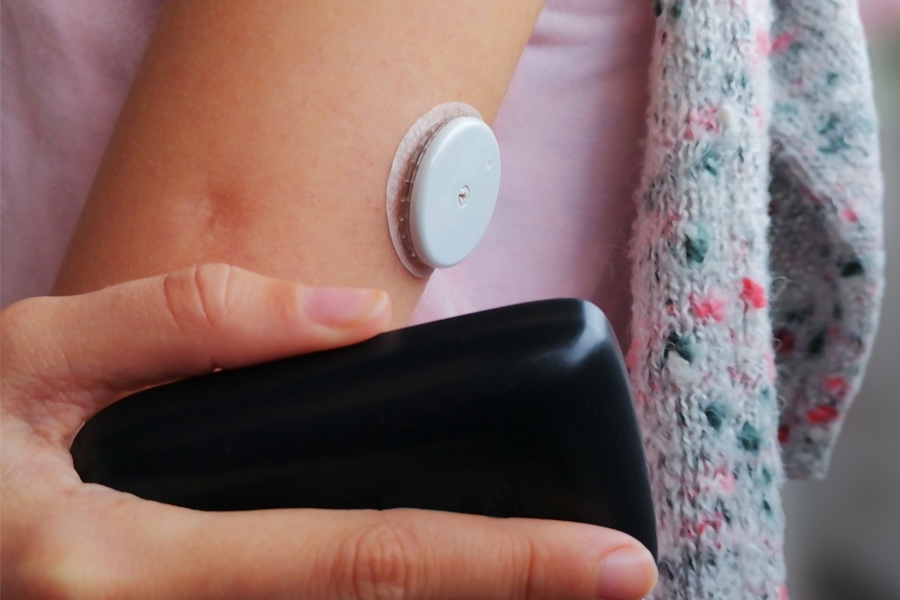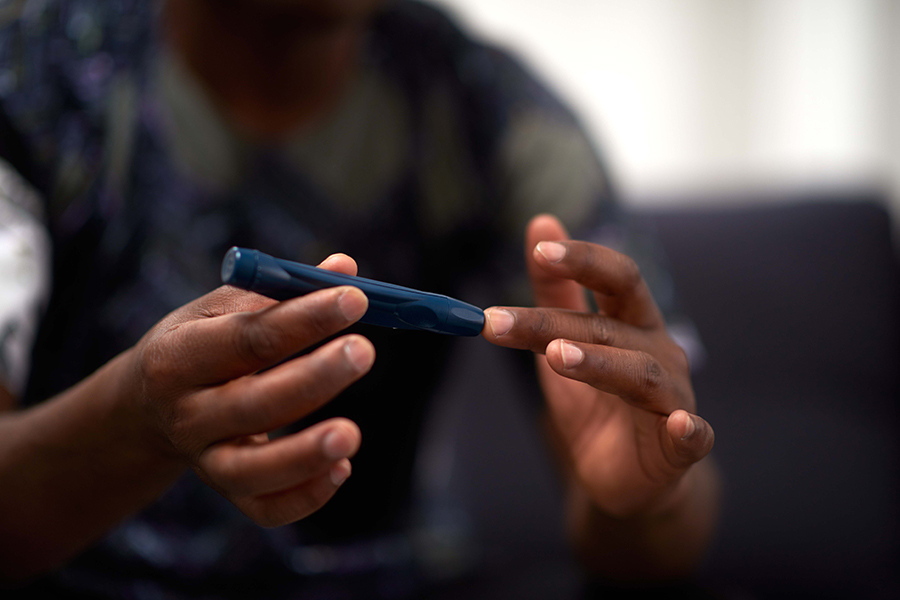People with diabetes are prone to nerve damage and circulation issues. In some cases, this can make a foot or lower leg amputation necessary. However, effective treatment can usually prevent this complication.
Reduced blood flow to the feet means that people with diabetes have a higher risk of developing a wound or sore on this part of the body. If a person has neuropathy and loses feeling in their foot, they may be less likely to notice mild foot or leg ulcers before they become severe.
Due to circulation issues, particularly peripheral artery disease (PAD), these ulcers may not heal, which can lead to infection and death of the tissue and, potentially, to lower limb loss.
Although people with diabetes have an increased risk of amputations, it is possible to prevent most diabetes-related amputations by wearing proper footwear and taking good care of the feet.
How Common Is It?
Diabetes is a significant cause of lower limb loss. According to the American Diabetes Association, worldwide, a person loses a limb due to diabetes-related complications every 30 seconds.
A 2012 study found that foot ulcers occur in 4–10% of people with diabetes. When foot ulcers do occur, the majority have a good outlook:
- 60–80% of foot ulcers will heal
- 10–15% will remain active
- 5–24% will eventually lead to limb amputation within 6–18 months of the initial evaluation
According to the National Diabetes Statistics Report, 108,000 adults had lower extremity amputations relating to diabetes in 2014. This number equates to five out of every 1,000 people with diabetes.
When Is Amputation Necessary?
Not everyone with diabetes will need an amputation. If a person with diabetes does require this procedure, it is likely to be due to a wound or ulcer that did not heal on the foot or lower leg.
Most amputations are progressive, which means that a doctor will start by removing the smallest possible amount of tissue. If either the surgery wound does not heal or blood flow does not go to the limb properly, they may recommend further surgery to remove more tissue.
Warning Signs
People living with diabetes should pay extra attention to their feet because they have an increased risk of wounds not healing, potentially making amputation necessary.
Some of the signs and symptoms that a person should look out for and see their doctor about include:
- Swelling in the feet
- Blisters
- Ingrown toenails
- Plantar warts
- Open sores
- Athlete’s foot
- An ulcer that lasts more than a week
- Pain
- Active bleeding
- Redness
- Warmth in one area of the foot
- A deep ulcer where the bone is visible
- Discoloration of the skin
- A bad odor from a wound
- Ulcers larger than three-quarters of an inch
- A sore that does not quickly begin to heal
If any of these symptoms are present, a person should speak to their doctor to determine a course of action. The treatment options will depend on how severe the symptoms are and what is causing the issues.
It is important that a person examines their feet regularly to identify potential problems as early as possible. A doctor will aim to treat the issues before they become severe.
Risk factors and how to avoid amputation
There are several things that a person can do to prevent the need for limb amputation. Two particular areas to focus on are blood sugar maintenance and proper foot care.
Blood sugar maintenance
Doing regular exercise can help a person manage their blood sugar levels.
Several lifestyle factors can help a person manage their blood sugar levels, including:
- reducing stress
- following a well-balanced diet plan that a nutritionist has helped create
- doing regular exercise
- taking medications and insulin according to a doctor’s recommendations
- maintaining a consistent meal and snack schedule
- limiting overly sugary foods and drinks
- maintaining a healthy weight and blood pressure
- checking blood glucose levels regularly
Foot care
Another important preventive step is to take good care of the feet, which a person can do by taking the following actions:
- Examining the feet regularly for cuts, bruises, blisters, and scrapes
- Wiggling the toes frequently to stimulate blood flow
- Having another person help examine harder-to-see areas of the foot
- Wearing dry socks
- Washing the feet daily
- Ensuring that the feet can feel cold and warm temperatures and various sensations
- Quitting smoking
- Trimming the toenails
- Avoiding removing calluses at home
- Avoiding walking around in bare feet
- Wearing proper-fitting shoes
- Scheduling regular foot examinations
In addition to diabetes, other risk factors can increase a person’s likelihood of needing an amputation. These include:
- Smoking
- Abnormalities in the feet
- High blood sugar levels
- High blood pressure
- Previous amputation
- Poor blood circulation to the extremities
- Calluses or corns
- Nerve damage in the feet
- A history of foot ulcers
- Vision impairment or other problems with the eyes
- Kidney disease
Outlook
People living with diabetes have an increased risk of lower limb amputation. Wounds or ulcers that do not heal are the most common cause of amputation among people with this condition. Other factors, such as high blood sugar levels and smoking, can increase the risk of foot-related complications, including amputation.
People can take preventive measures by taking care of their feet, controlling their blood sugar levels, and promptly treating any issues with their feet. Eating a balanced diet, doing regular exercise, and maintaining a healthy weight will also help prevent amputation from becoming necessary.
Read original article on medicalnewstoday.com
You may also be interested in:
Recorded Webinar – Diabetic Ulcers: Identification and Treatment
















